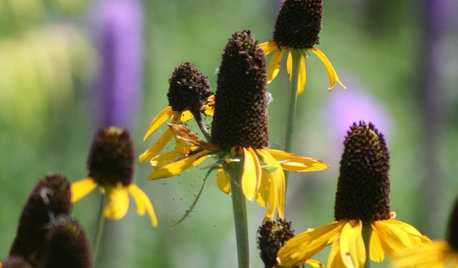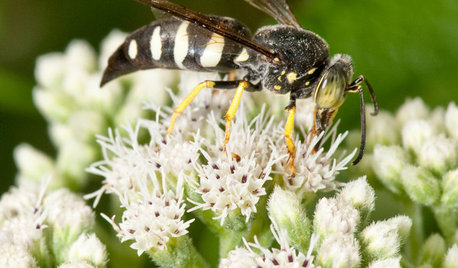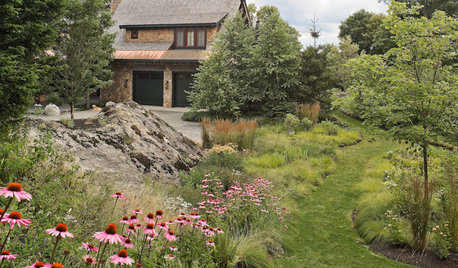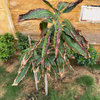The True Polyembryonic answer.....
mangodog
13 years ago
Related Stories

FUN HOUZZ31 True Tales of Remodeling Gone Wild
Drugs, sex, excess — the home design industry is rife with stories that will blow your mind, or at least leave you scratching your head
Full Story
COLOR12 Tried-and-True Paint Colors for Your Walls
Discover one pro designer's time-tested favorite paint colors for kitchens, baths, bedrooms and more
Full Story
GARDENING FOR BUTTERFLIESGreat Design Plant: Giant Coneflower, a True Exclamation Point
Watch as towering stalks topped by yellow blossoms become a beacon for birds and insects in the midsummer garden
Full Story
GARDENING GUIDESSand Wasps Keep True Bugs in Check and Help Pollinate Summer Flowers
Look for these solitary wasps nesting in sandy sites and foraging on flowers in July and August
Full Story
MOVING9 Things New Homeowners Know to Be True
Just moved into a new home? Congratulations! The fun is about to begin
Full Story
LIFETrue Confessions of a House Stalker
Letting go when a new owner dares to change a beloved house's look can be downright difficult. Has this ever happened to you?
Full Story
GARDENING GUIDES13 Risks to Take for True Garden Rewards
Go ahead, be a rebel. Breaking rules in the garden can lead to more happiness, creativity and connection with the earth
Full Story
FEEL-GOOD HOME8 Nordic Secrets to Exude True Warmth at Home
Cultivating cheerfulness in winter's darkness is a Northern European specialty. Try these tips to boost your own home's coziness
Full Story
ECLECTIC HOMESHouzz Tour: Chic Update for a 1920s Apartment
Old meets new in true bohemian fashion in a Sydney beachside home
Full Story
BATHROOM DESIGN14 Design Tips to Know Before Remodeling Your Bathroom
Learn a few tried and true design tricks to prevent headaches during your next bathroom project
Full Story






mango_kush
mangodogOriginal Author
Related Professionals
Graham Landscape Architects & Landscape Designers · Owings Mills Landscape Architects & Landscape Designers · Prairie Ridge Landscape Architects & Landscape Designers · Garden City Landscape Architects & Landscape Designers · Alpharetta Landscape Contractors · Battle Ground Landscape Contractors · Biloxi Landscape Contractors · Davis Landscape Contractors · Fort Mill Landscape Contractors · La Mirada Landscape Contractors · National City Landscape Contractors · Norwalk Landscape Contractors · Pine Hills Landscape Contractors · New Carrollton Landscape Contractors · Chantilly Handymanmango_kush
rodneys
simon_grow
mangodogOriginal Author
mango_kush
jeffhagen